Affiliate disclosure: This post may contain affiliate links. Please see our Privacy Policy.
When we think of medicinal herbs, most people’s minds go right to small weeds and flowers growing at the edge of your lawn or on a roadside. We don’t usually think of trees as a source of medicine, but medicinal trees are all around us, hiding in plain sight.
Historically, much of the country was forested and the people had to find medicinal uses for the forest trees to stay healthy.
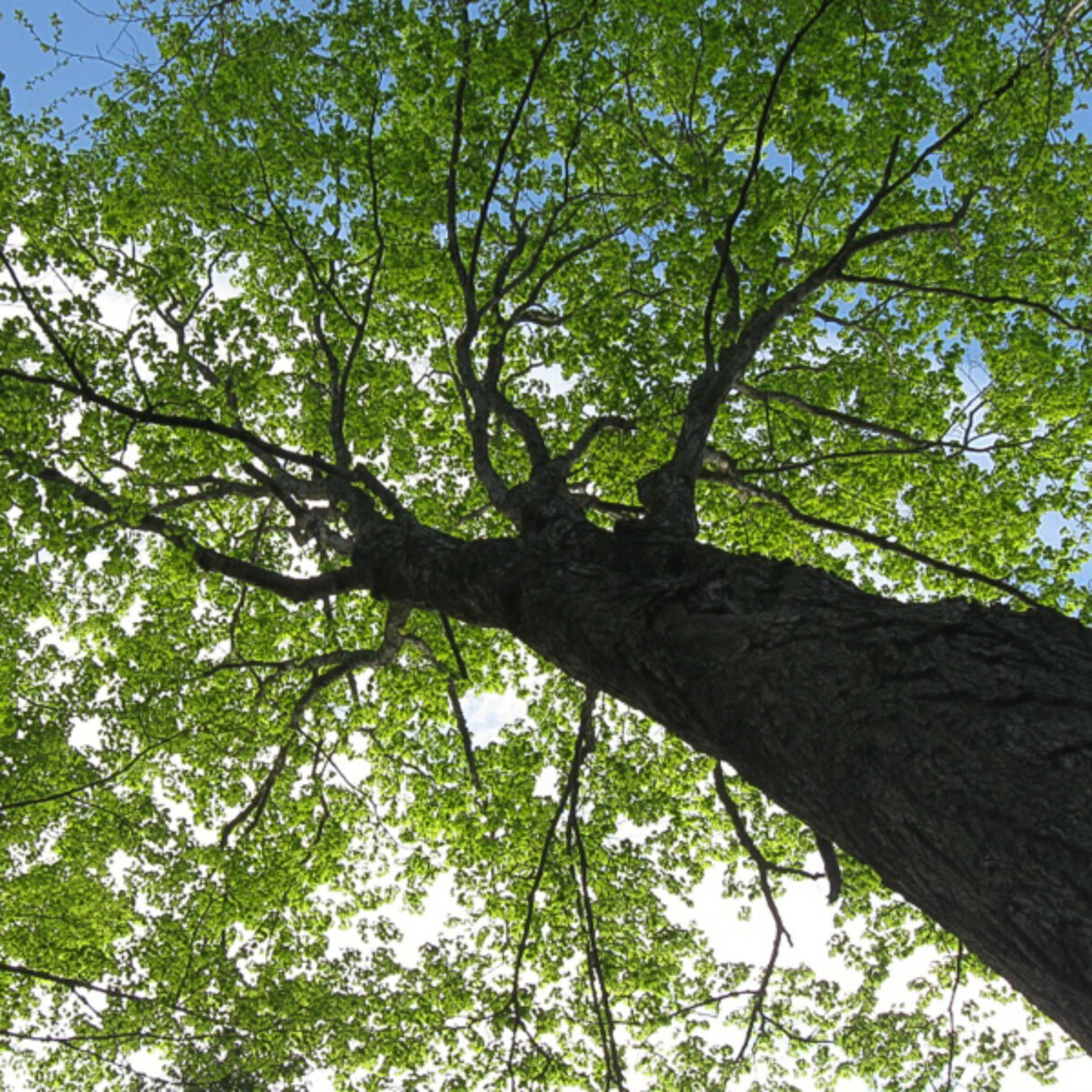
Using Trees as Medicine
Using trees as medicine breaks allows for some rather interesting preparations, as just about any part of the tree can be medicinal. How do you work with medicinal wood? It’s not edible, but still, you have to find a way to extract its potent medicine. In those cases, the wood is boiled for extended periods or added to hot baths for topical use.
For the most part, medicinal trees are used in the same way as other herbal preparations. They can be infused into teas, homemade tinctures, herbal infused oils, healing salves, and poultices.
Harvesting Trees Ethically
We don’t often think about ethical considerations when harvesting dandelions or invasive Japanese knotweed. Those grow in abundance, and even if you spent all day harvesting you’d hardly dent the population. Most trees are different.
They take years, and sometimes centuries to mature, and a casual harvest could scar or deform a tree for life.
If you’re new to foraging, consider taking a foraging course to familiarize yourself with the ethical and environmental implications of your foraging practices. The Herbal Academy has a great online course on Botany and Wildcrafting that teaches you both botanical terms and plant identification, as well as foraging ethics.
For the most part, careful leaf and twig harvesting isn’t a big deal. So long as your conscientious and don’t take more than a small percentage of the total tree. Bark is a different matter.
Anytime you cut into the bark of a tree, you’re opening up the trunk of the tree to insects, disease, and decay. If you cut around the full circumference of the tree, a practice known as girdling, the supply of nutrients is completely cut off, and the tree will die.
So obviously harvesting all the bark from a living tree is not ethical or sustainable, but how much is acceptable?
Maple syrup makers drill holes in living trees, introducing a 5/16th-inch hole in the bark each year. It takes a healthy tree a full year to heal that small wound, so bear that in mind anytime you’re breaking into bark.
Some trees, like beech trees, cant heal bark wounds, and for that reason, they’re popular trees for lovers to carve initials and enshrine them forever. In New England, it’s possible to find old beech trees with lovers’ initials dating back to the early 1800s, still clearly readable.
Some foragers stick to a 1/3 rule, and say to harvest no more than 1/3 of the bark around a tree. Even that is pretty excessive. When rodents damage apple trees in an orchard, stripping them of bark, the farmer won’t even try to bring back anything with more than 1/3 of the bark missing around the circumference.
If you’re harvesting 1/3, you’re pushing the limits of that tree’s survival and crippling it for the rest of its life.
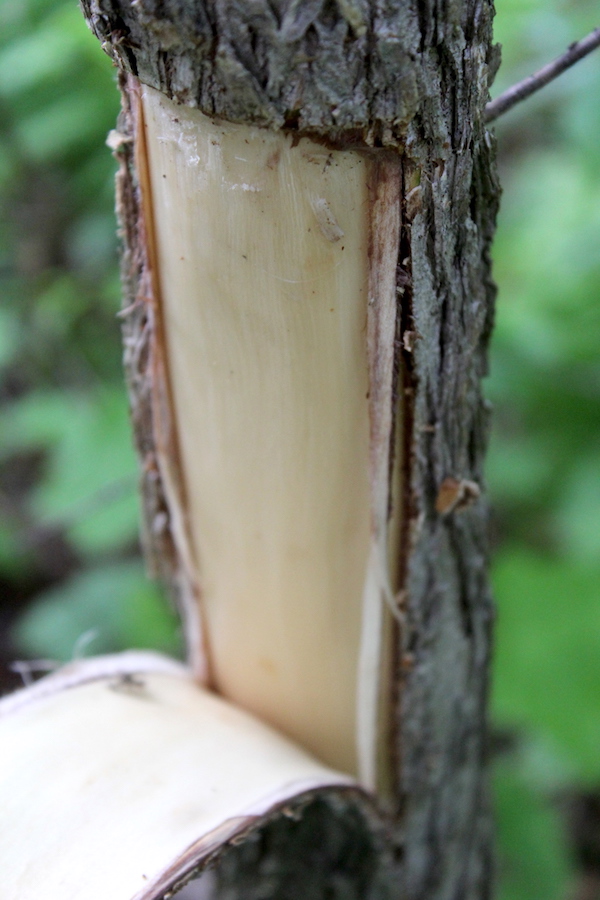
Obviously, in a survival situation, you have to do what is necessary to survive, but most of us these days are foraging recreationally and for our own education. In those cases, bark should only be removed from trees that are about to be cut, or trees that have recently come down.
According to the Herbal Academy’s Botany and Wildcrafting Course, “As a rule, never harvest from the trunk of a living tree. Only harvest bark from a tree that has been recently cut down for some other reason or has recently fallen over on its own. The timing here can be tricky, as you only want to harvest from recently fallen trees (within a few weeks of falling or being cut down) and not those that have begun to rot and decay. Never, absolutely never, cut a tree down simply just to harvest its bark or its root bark. This is not only unethical, but unsustainable, and is the reason why so many tree species used in herbalism, such as slippery elm (Ulmus rubra), are currently at risk from over-harvesting.”
If you must harvest from a living tree, prune off branches and strip those of bark. Often that’s not practical, as the branches are way up in the canopy. Some trees, like scrub willows used to make willow bark aspirin, grow like bushes and it’s easy enough to harvest just a few branches for medicine.
Now that we’ve covered the basics, here’s a list of a number of trees that can be used medicinally.
Alder (Alnus sp.)
Alder trees are small trees in the birch family, and most species thrive in wet zones near rivers. They produce small catkins that are edible as protein-rich survival food, though they are bitter.
Alder’s are tapped for syrup in the pacific northwest, in the same way as maple trees are tapped in the Northeast. The wood is used to smoke salmon for preservation.
Alder bark contains salicin, the same anti-inflammatory and fever-reducing compound in willow bark.
A tea made from the leaves and bark is used to treat fever. The same tea is used externally to help slowly heal deep wounds. Its astringent properties help to draw the wound together. The astringent and anti-inflammatory properties of alder tea make it useful for treating hemorrhoids, and it’s also helpful for itch relief.
Some native American tribes use an infusion of the bark to treat other types of itchy skin irritation, such as poison oak and insect bites.
A poultice of the leaves is applied to the breasts is used to suppress lactation, which can be helpful to prevent mastitis. As a mother of two, I know just how unbearably painful mastitis can be, and I wish I’d known about alder then.
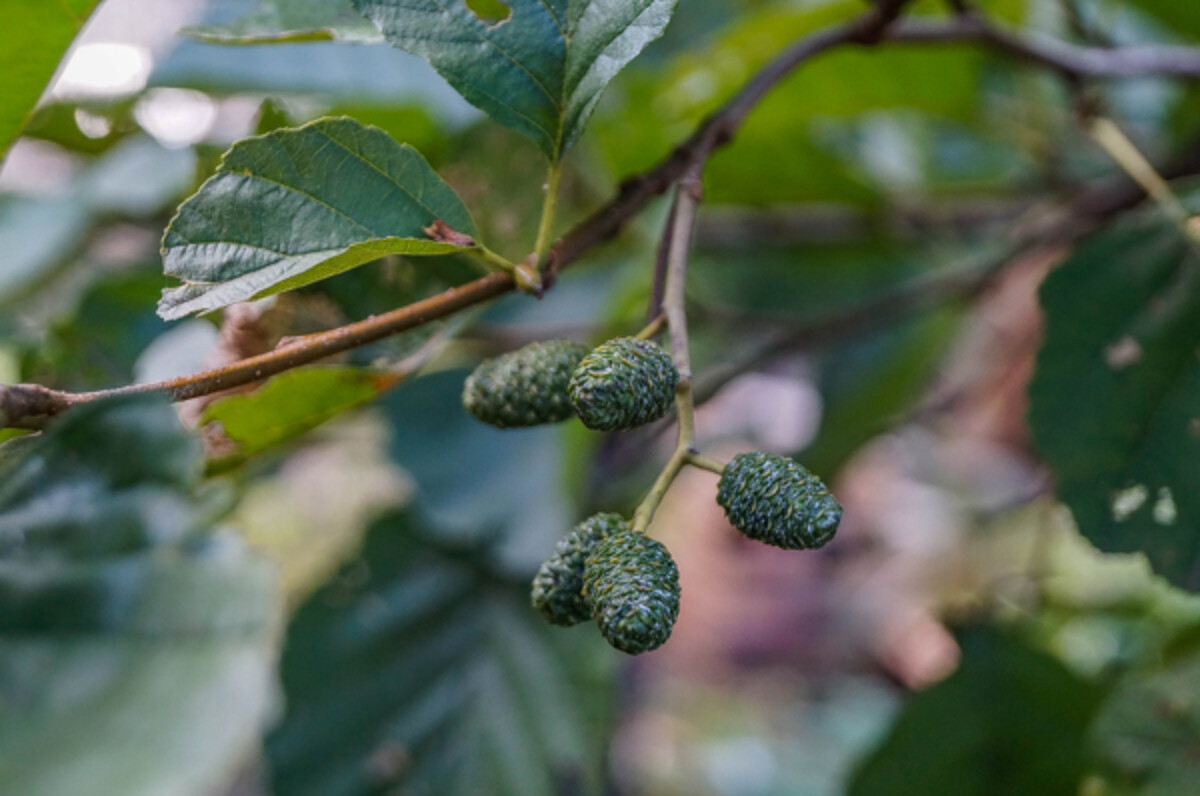
Ash (Fraxinus sp.)
Ash trees are known for their wood, and it’s commonly used for making tool handles and baseball bats. The seeds are edible, and often produced in abundance.
Those same edible seeds were used by native Americans as an “aphrodisiac, a diuretic, an appetite stimulant, a styptic, an emetic, and as a cure for fevers.” (Source) A tea made from the bark was used to treat irritation and itchy conditions, and juice from the leaves is used to treat mosquito bites.
Evidence shows that Ash trees are used as a laxative and an anti-inflammatory treatment to soothe arthritis and bouts of gout. The bark of white ash trees treats dysmenorrhea as well as skin sores, lice, and itchiness. (Source)
Ash trees are currently threatened due to the Emerald Ash Borer, which may drive them to extinction within a few decades, so if you find healthy trees it’s best to enjoy them rather than harvesting them.
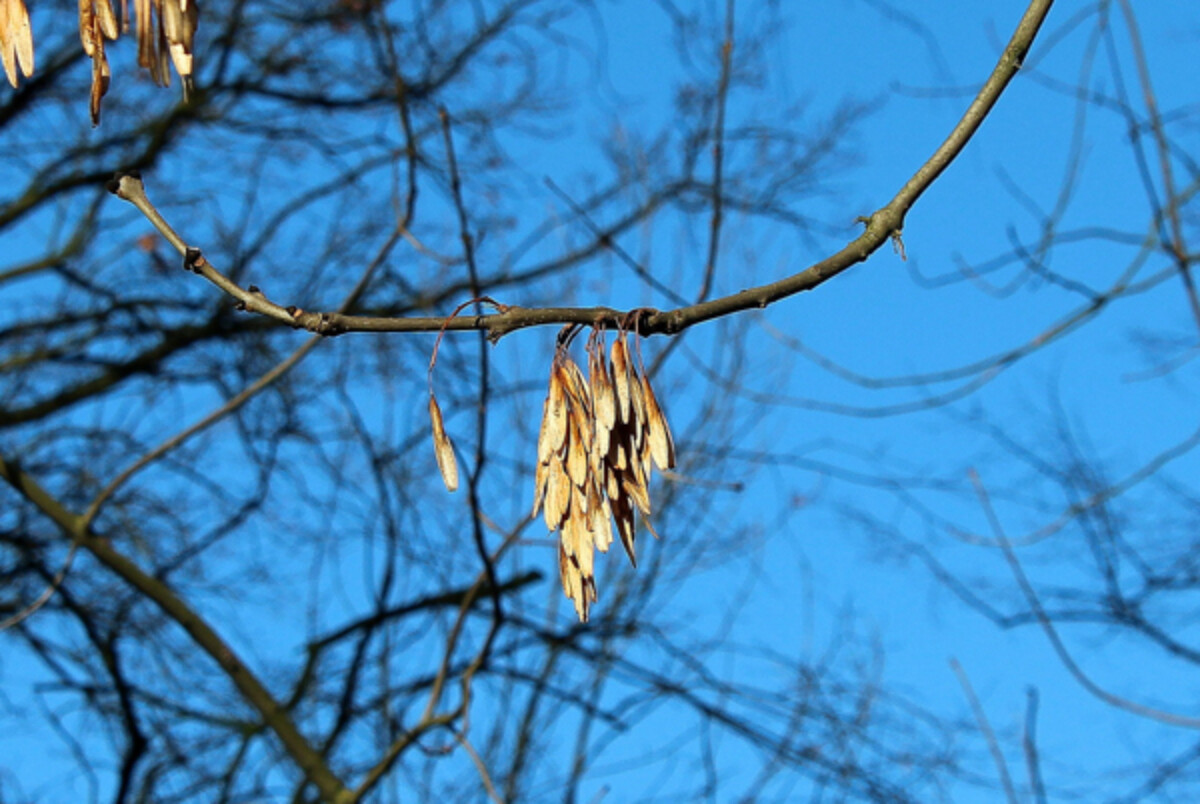
Beech (Fagus sp.)
Beech trees grow in abundance on our land, and we forage edible and nutritious beechnuts each fall.
The leaves of beech trees are used Beech trees are antibacterial, and they were traditionally used by Native Americans for treating tuberculosis. Those same antibacterial leaves are also used as a poultice for burns.
Beech leaves have been used by women in the past to “bring the menses” and they have abortifacient properties, thus beech should not be used by pregnant women.
If you’re feeling adventurous with your homemade tree medicine, try this recipe for aged beech leaf tea.
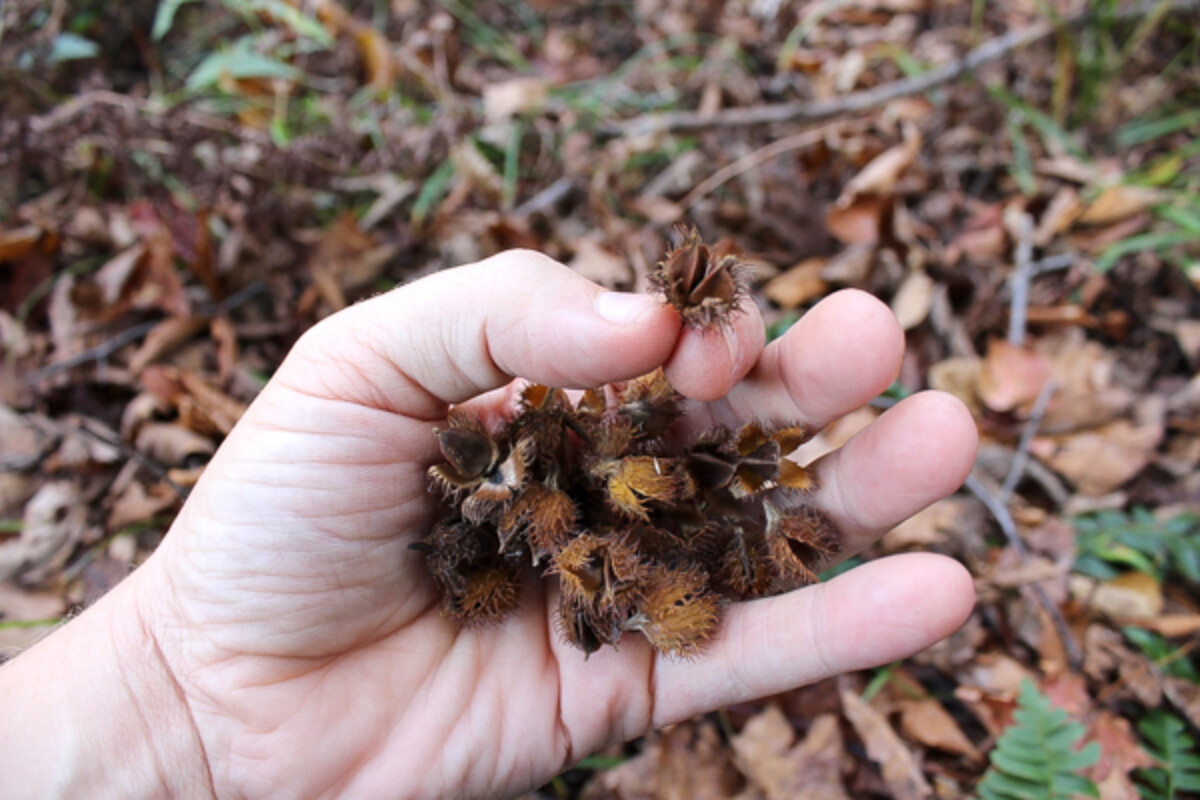
Birch (Betula sp.)
Birch is one of the easiest trees to identify, and the papery bark gives it away in any season. Birch bark is antibacterial, and it was used to create storage containers that helped keep food from spoiling.
The inner bark has been harvested for centuries by the native peoples in Nothern Europe, and it’s ground into a tasty birch bark flour.
We tap birch trees in the late spring after the maple sap stops running. Birch sap has medicinal properties, and it’s still used medicinally in Eastern Europe.
The book Backyard Medicine discusses the benefits of birch sap, noting that “Birch sap, birch water, or blood, had a folk reputation for breaking kidney or bladder stone and treating skin conditions and rheumatic diseases. It can be drunk in spring as a refreshing and cleansing tonic, clearing the sluggishness of winter from the system. The fermented sap also makes birch wine and country beers and spirits.”
Its also been used to treat gout, kidney stones, and scurvy, and is also promoted as a nutritional supplement for newborns and young children.
Modern medicine has found that a component of birch sap, called betulinic acid, has anti-tumor properties and it’s being researched for its ability to fight cancer. It’s also showing promise in the treatment of HIV. (Source)
Birch trees are also preferred host trees of a number of powerful medicinal mushrooms, and some believe the mushrooms developed their medicinal compounds to combat the antibacterial compounds within birch bark so that they could successfully colonize.
Good examples include:
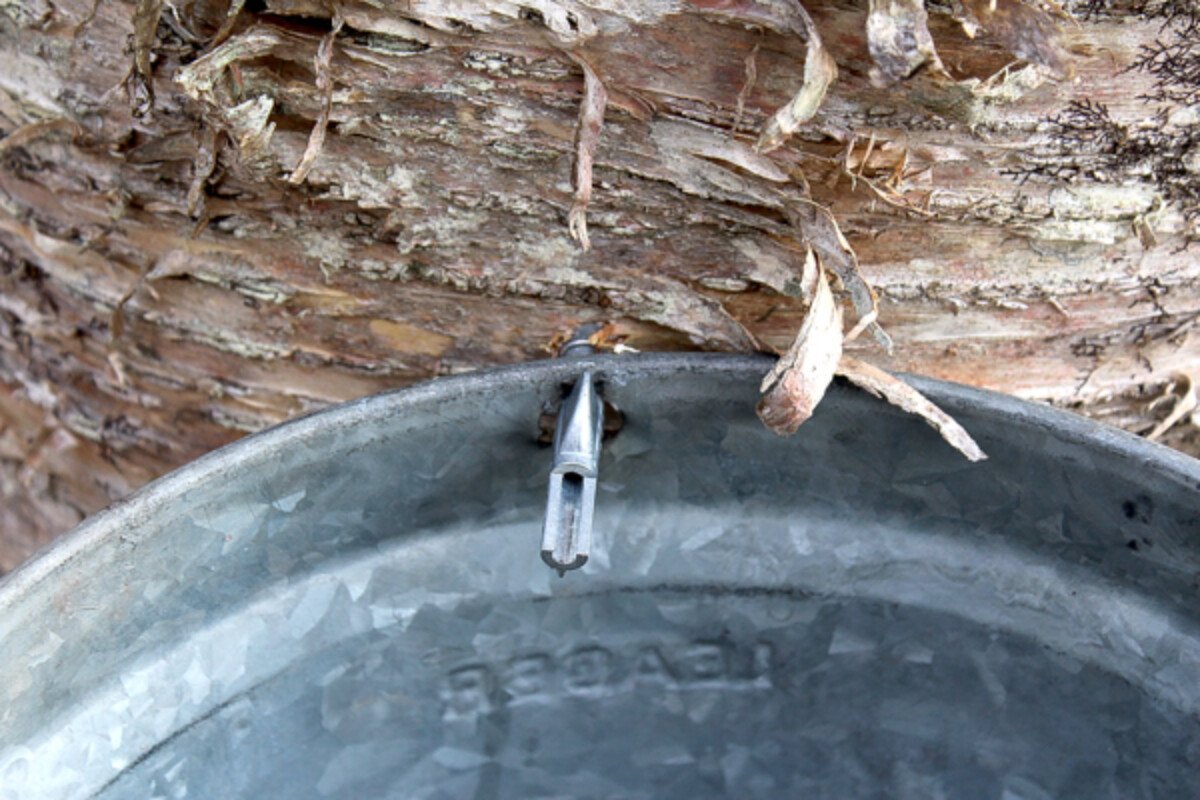
Cedar
Cedar trees are known for their ability to grow in moist soils, and to resist rot. Those same compounds that help them resist rot also contribute to their medicinal properties.
In traditional Native American medicine, it’s an important ceremonial plant that’s burned as an incense to clear the mind.
A tea of the twigs and branches is said to cure just about everything from scurvy to arthritis and fevers.
The Sioux Chef’s Indigenous Kitchen suggests,
“The tea of simmered branches is used to treat fevers and rheumatic complaints, chest colds, and flu. This brew is delicious warm or cold and is simple to make. Just simmer 2 cups of fresh cedar in 4 cups of boiling water for about 10 minutes until the water becomes a golden color. Strain off the cedar and sweeten with maple syrup, to taste.”
Other sources say that cedar tea is toxic, and should never be consumed. Still, others suggest that it’s safe in small amounts, assuming you consume no more than 1 cup of tea a day. This is complicated because there are a number of species of cedar and it’s not clear which were used by native peoples.
Speaking from personal experience, I’ve never vomited so hard as after my first sip of cedar tea. It tastes nothing like cedar smells, and thinking back I feel an intense urge to wipe out the inside of my mouth.
I must have gargled nearly a gallon of water, and then drunk close to a gallon more trying to wash that scourge out of my mouth. I honestly believe if I was dying of scurvy that I still might have trouble getting it down.
For my purposes, it might as well be toxic, and I don’t recommend trying it. Been there, done that, and saved you the nasty taste.
Still, cedar has its uses. I make an infused oil out of cedar leaves and add a few drops to our summer mosquito repellant. It’s incredibly effective, as biting insects seem to hate the smell of cedar.
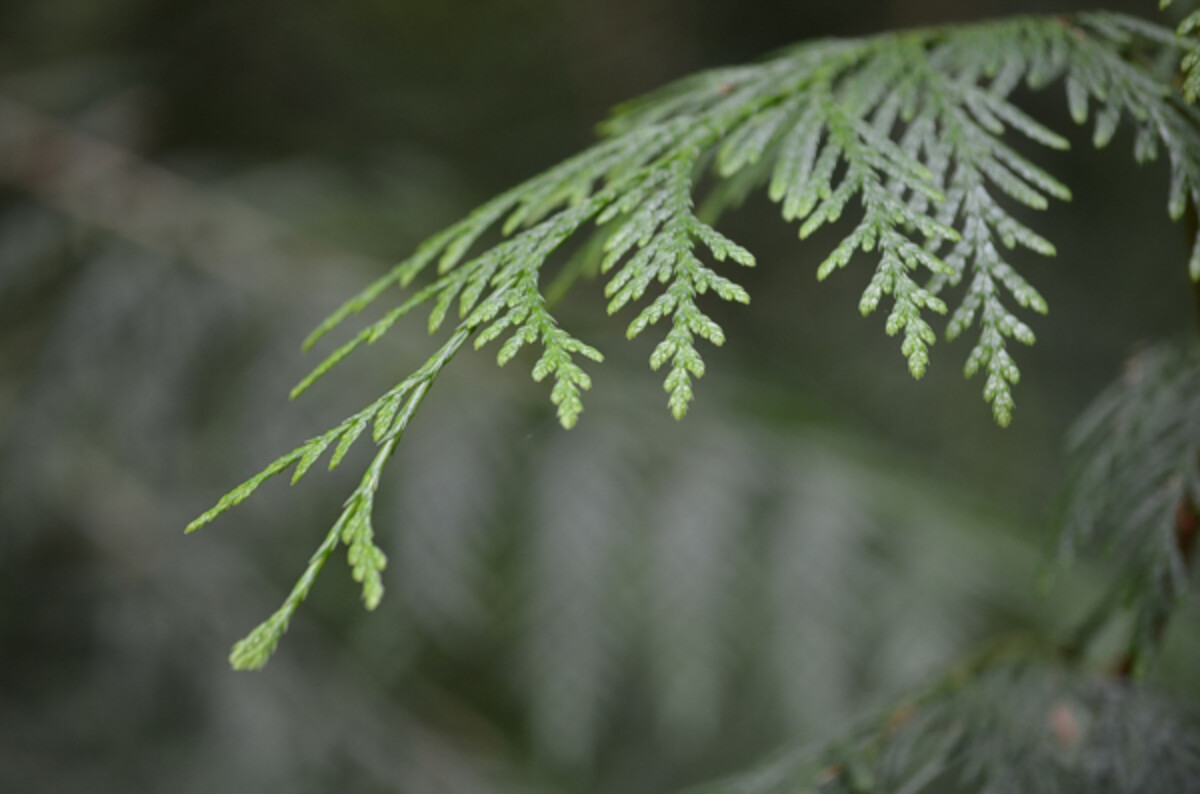
Elm (Ulmus Rubra)
Elm trees have a distinctive fissured bark and can be easily identified by their asymmetrical leaves. These days, it’s often easy to identify them as the dead or dying trees in the canopy as they succumb to Dutch elm disease.
The inner bark of the slippery elm tree (Ulmus rubra) is soothing and contains mucilage that can help with mucous membrane issues. It’s most commonly used to soothe the digestive tract, and it’s still sold as a herbal supplement to treat sensitive stomachs.
I’ve taken slippery elm bark lozenges for sore throats with great success.
Powdered slippery elm bark is used to soothe wounds, and it’s also thought that taking a pudding thickened with the powdered bark can help speed bone healing.
Here are a few tips on how to harvest and use slippery elm bark for medicine.
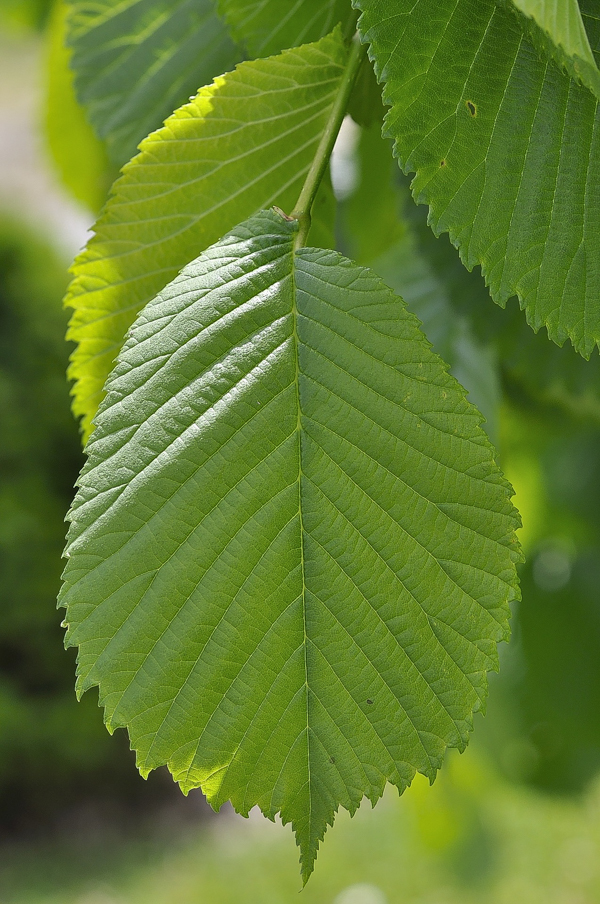
Hawthorn (Crataegus sp.)
Hawthorn is a small, scrubby tree that you can often find growing at the edge of the woods. We were pleased to find one growing at the edge of our woods, and we only noticed it when it burst into bloom one year. Now we forage hawthorn for its flowers, leaves, and fruit every year.
The berries and flowers have cardiac benefits, and they’ve been used to strengthen the heart and lower blood pressure. It’s often taken with the flowers from the linden tree, and made into a hawthorn and linden tea. Here’s one commercial preparation made by traditional medicinals.
Hawthorn berries are often made into a sweet syrup that’s used as a heart tonic. The hawthorn berries are cooked with sugar or honey until they release their juices, and then they are strained out. The resulting mixture is strained and then a bit of alcohol is added as a preservative.
Another alcohol-free option is homemade hawthorn jelly, which keeps when canned and allows you to take your medicine on your morning toast.
While the fruit are tasty edibles, the whole plant is both edible and medicinal.
According to my Peterson Field guide for Medicinal Plants, it’s the leaves and flowers that are actually more common for medicinal use, and that’s backed up by more than a dozen clinical studies investigating the impacts of hawthorn leaf and flower on heart health.
They’re “approved in Germany for treating early stages of congestive heart failure, characterized by diminished cardiac function, a sensation of pressure or anxiety in the heart area, age-related heart disorders that do not require digitalis, and mild arrhythmias.”
The flowers have a truly intoxicating scent that’s a bit like something you’d imagine growing in the tropics, and it’s easy to understand why they’d make a delicious calming tea.
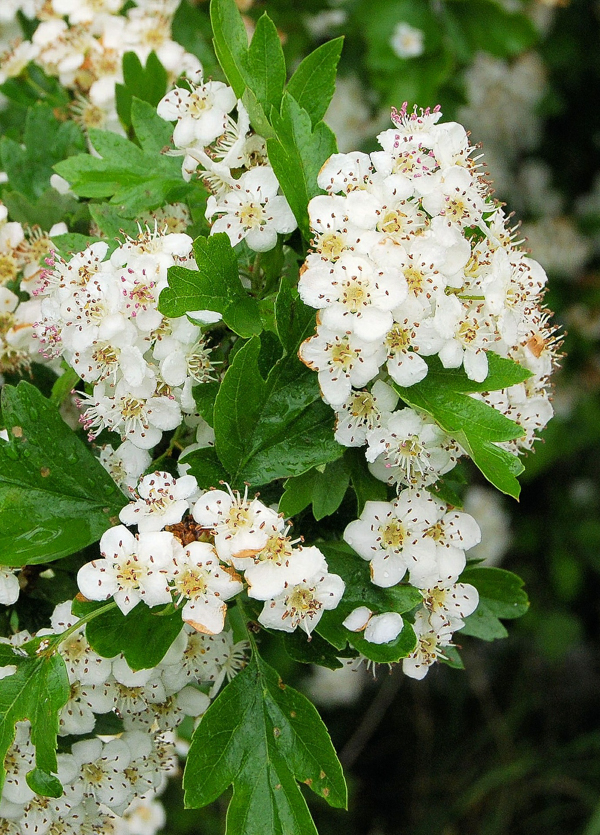
Hazelnut Tree (Corylus sp.)
Hazelnuts grow readily in the wild, and they’re cultivated all over the world for their edible nuts. They’re an extremely cold hardy nut tree, and we grow our own here on the homestead.
I didn’t know until recently that they have medicinal properties. The nuts themselves are full of healthy fats and science is showing that they’re useful in maintaining healthy heart function.
Beyond that, they were also used medicinally by native Americans. The bark was made into a poultice to help close and heal wounds. The casing on the outside of the nuts was used to expel worms and parasites. (Source)
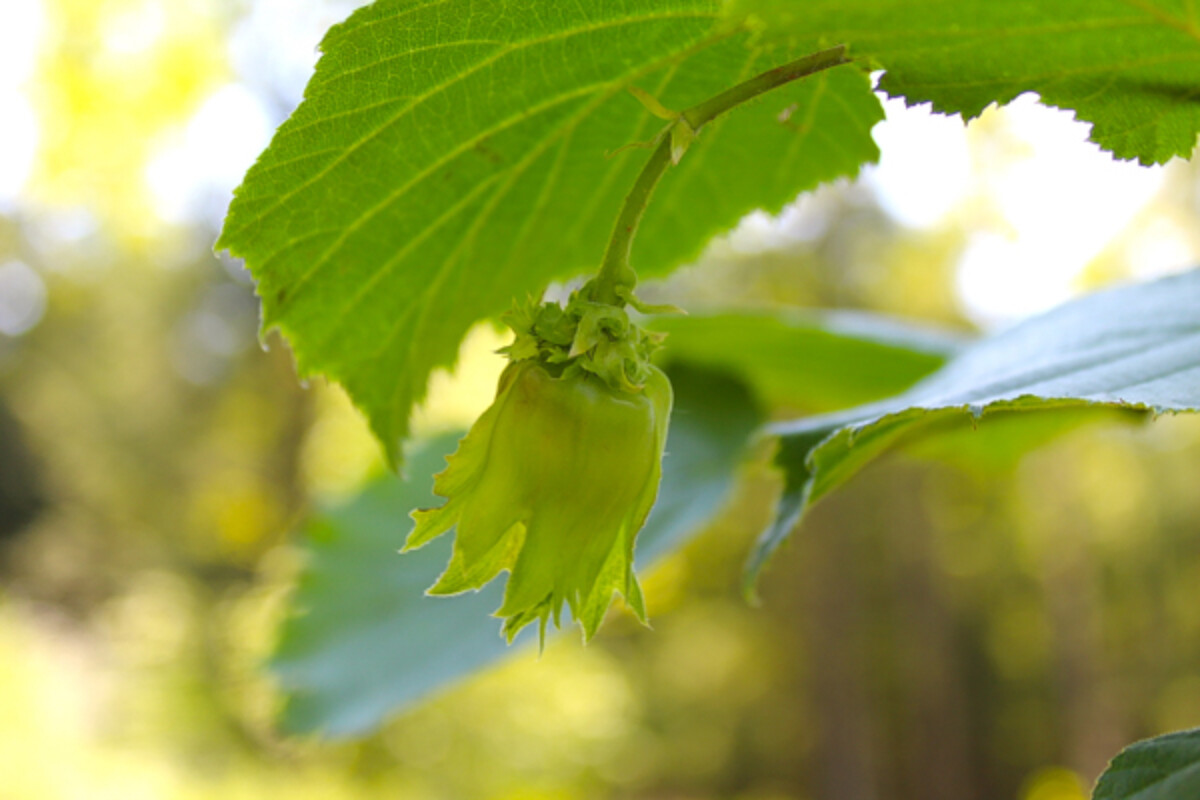
Ironwood
Ironwood trees are known for their strong wood, which’s commonly used in making tool handles.The tree itself produces small edible nuts inside papery catkins that look like hops, thus the common name ‘hop hornbeam.
Ironwood trees can be tapped for syrup, just like dozens of other trees besides maple.
Medicinally, ironwood trees are interesting because it’s the wood itself that’s used. Take a few pieces of ironwood and add them to a scalding hot bath to ease sore muscles and joints.
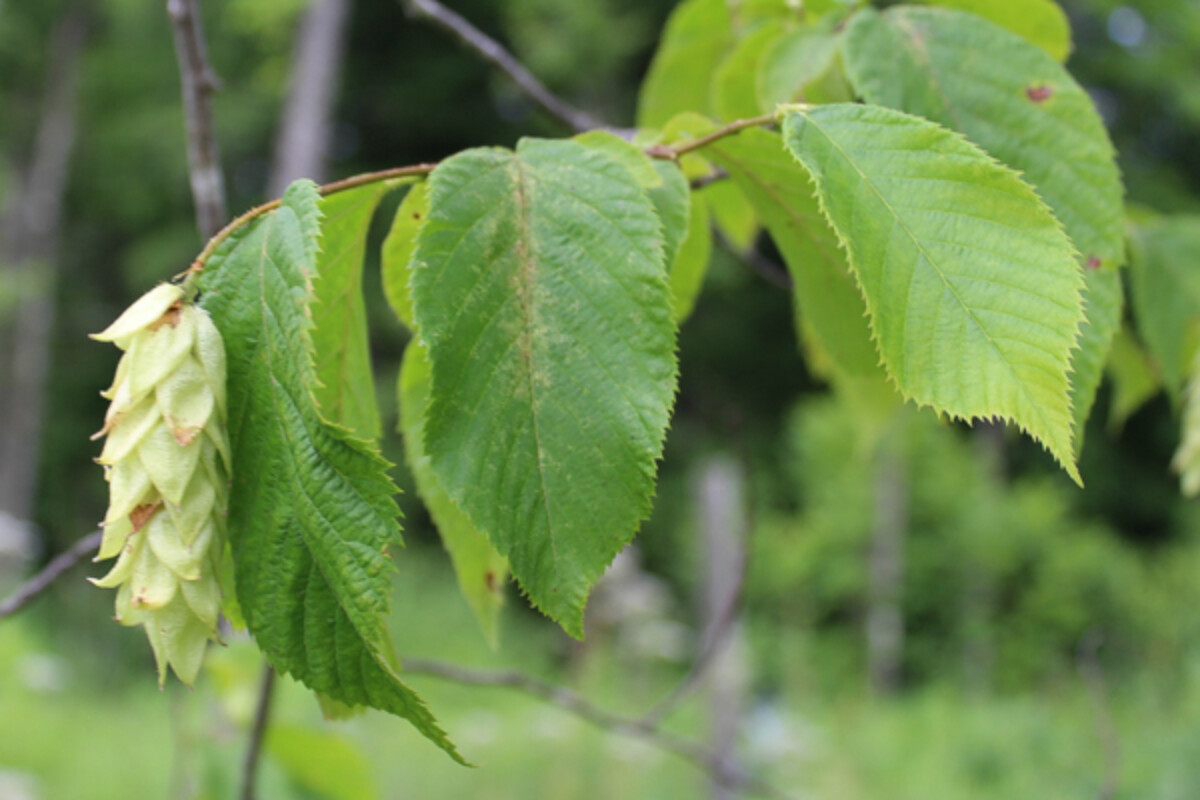
Linden (Basswood)
Linden trees are one of my very favorites. They produce an abundance of fragrant blooms to feed the bees, and every part of them is edible in some way. They grow huge in moist soils, alongside maples and hemlock. The leaves are huge, bigger than your palm, which makes them easy to identify.
Linden tea made from the flowers is used as a treatment for anxiety, insomnia, and ADHD. Herbalists love it for children because it’s so gentle.
We recently made a medicinal “sleepy time honey wine” using linden flowers in small-batch mead.
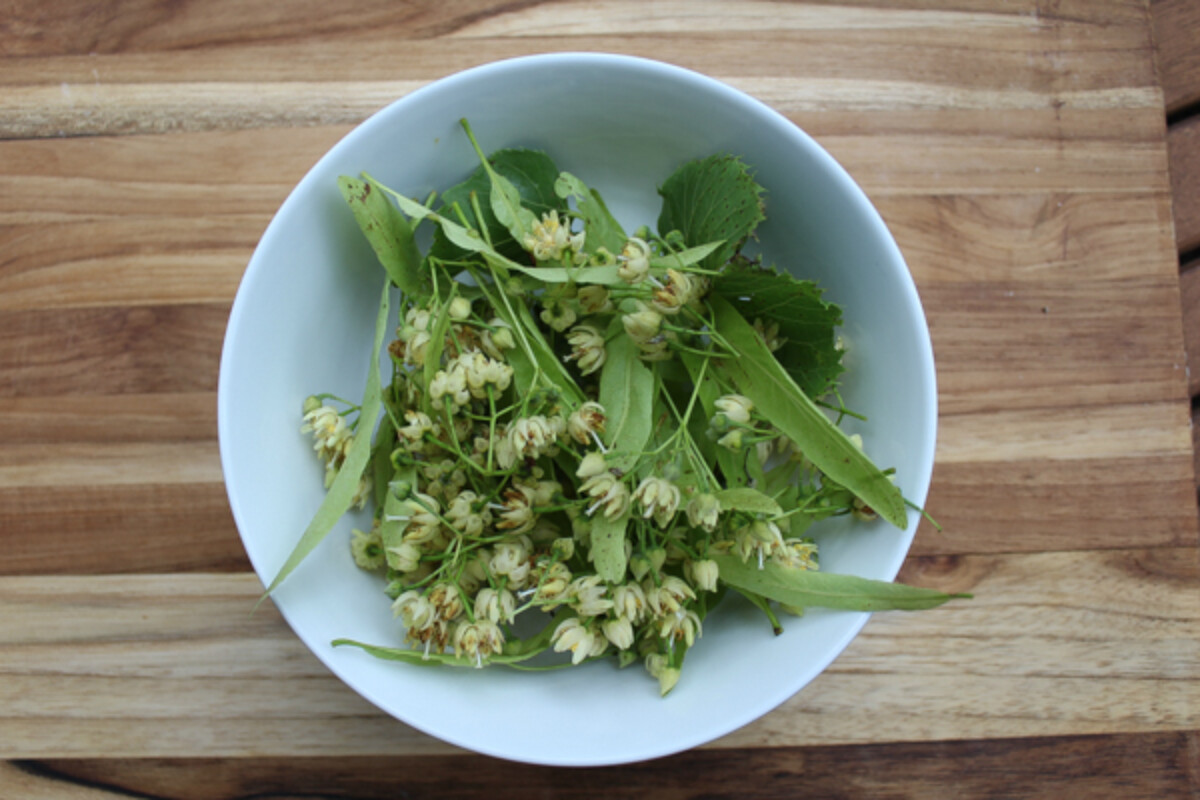
Maple (Acer sp.)
Maple syrup is downright delicious, but the sap itself can be drunk right from the tree. Not only is maple sap refreshing and deliciously sweet, it’s also medicinal.
Maple sap is drunk traditionally in Asia to strengthen bones and it has just the right mix of minerals to do the job. It has also been shown to lower blood pressure, prevent hangovers, prevent ulcer formation and support a healthy immune response. (Source)

Oak
Beyond eating fat and protein-rich acorns, the oak tree has medicinal properties.
The tannins in oak bark and leaves can help disinfect wounds, and the tannins supposedly work to strengthen blood vessels. It’s commonly used as a gargle for bleeding gums and a wash for hemorrhoids.
It’s also been used against worms and parasites. Oaktree medicine is prepared by making a decoction from the bark, using about 1 ounce of bark boiled in 1 cup of water.

Pine
I remember reading about the donner party, suffering from scurvy trapped in a pine forest. I always wondered why they didn’t make pine needle tea for the extra vitamin C. I suppose they had other worries, and scurvy was only secondary.
Pine needles can be simmered into a tea that’s rich in vitamin C, and also happens to be pretty tasty. Much better in my opinion than cedar tea, which is altogether unpalatable. Pine needles added to a bath improve circulation and can ease sore muscles.
Pine pitch is made into a traditional herbal drawing salve that helps to pull out splinters and toxins from bug and snake bites.
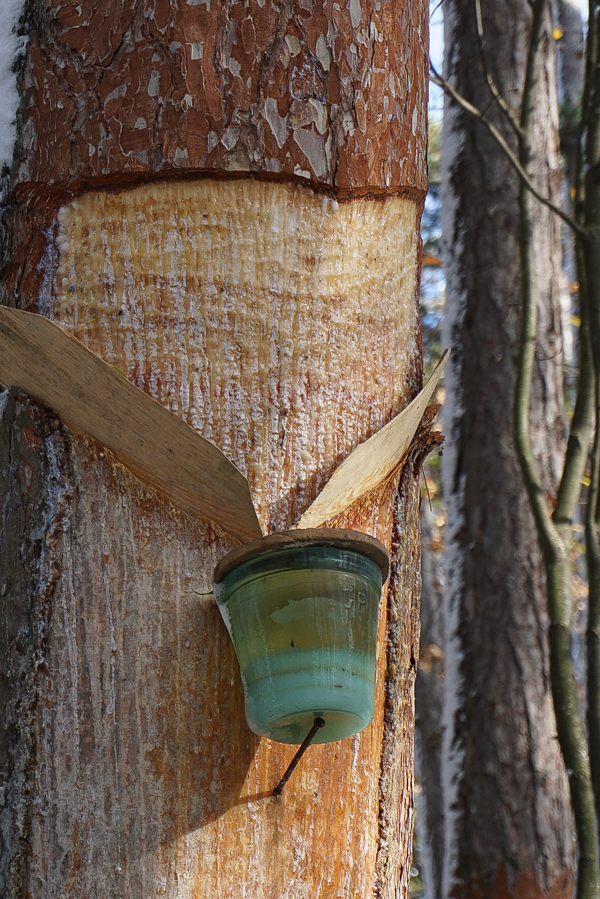
Poplar
Though they’re not valued for their lumber, poplar trees have medicinal properties. They produce a resin that’s used in treating a number of conditions from toothaches to swellings, wounds and sprains.
The buds of the poplar tree can be made into a traditional remedy known as balm of gilead which is used as a topical anti-inflammatory and antibacterial salve, and it’s also used to help break up coughs.
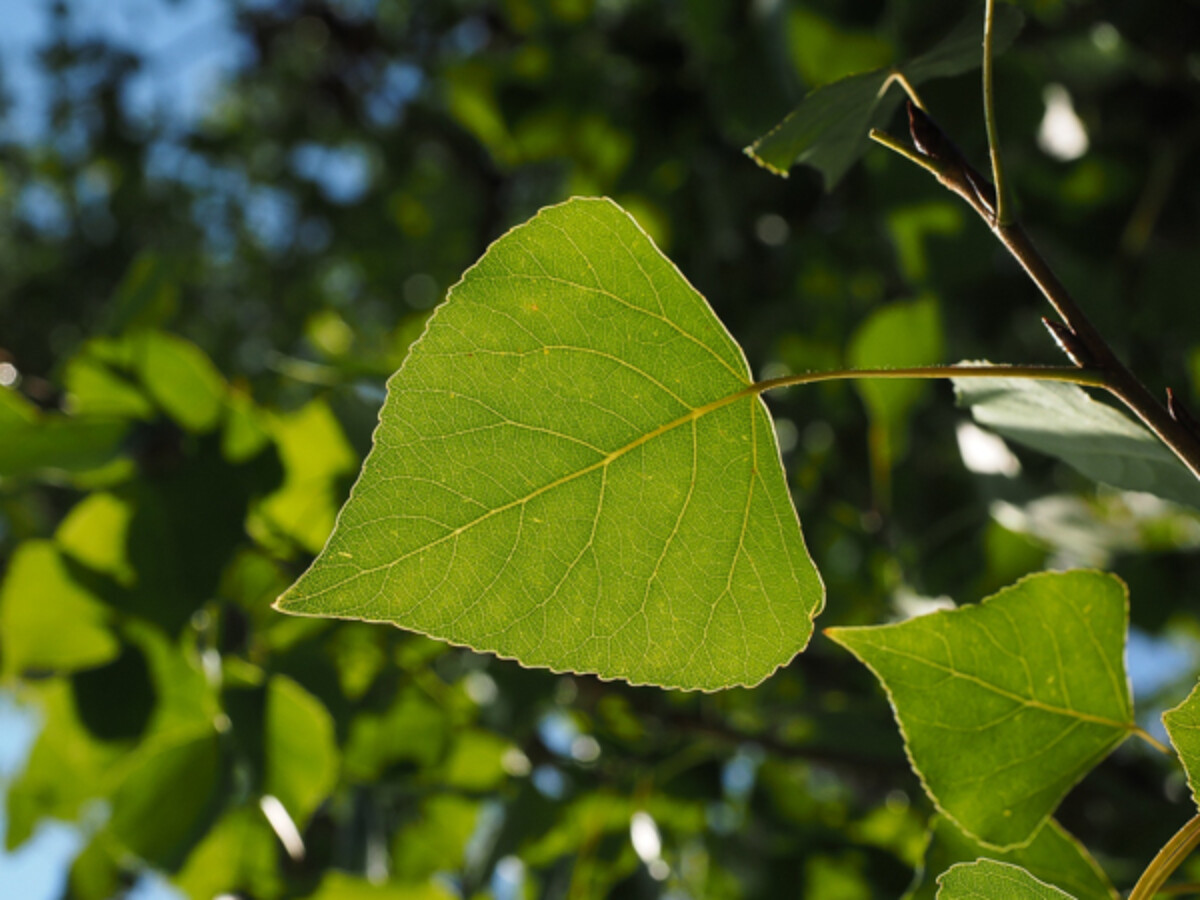
Walnut
Black walnut trees grow wild in many parts of the country, and they produce a tasty edible nut.
It can be a bit bitter and astringent, but if they’re promptly removed from the outer husk the flavor is greatly improved. Black walnut husks are used as a traditional dye for hair and as an all-natural ink.
Medically, walnuts are a well-known purgative which helps to cleanse the body of parasites. Friends of mine have used black walnut tincture to treat worms in their dogs.
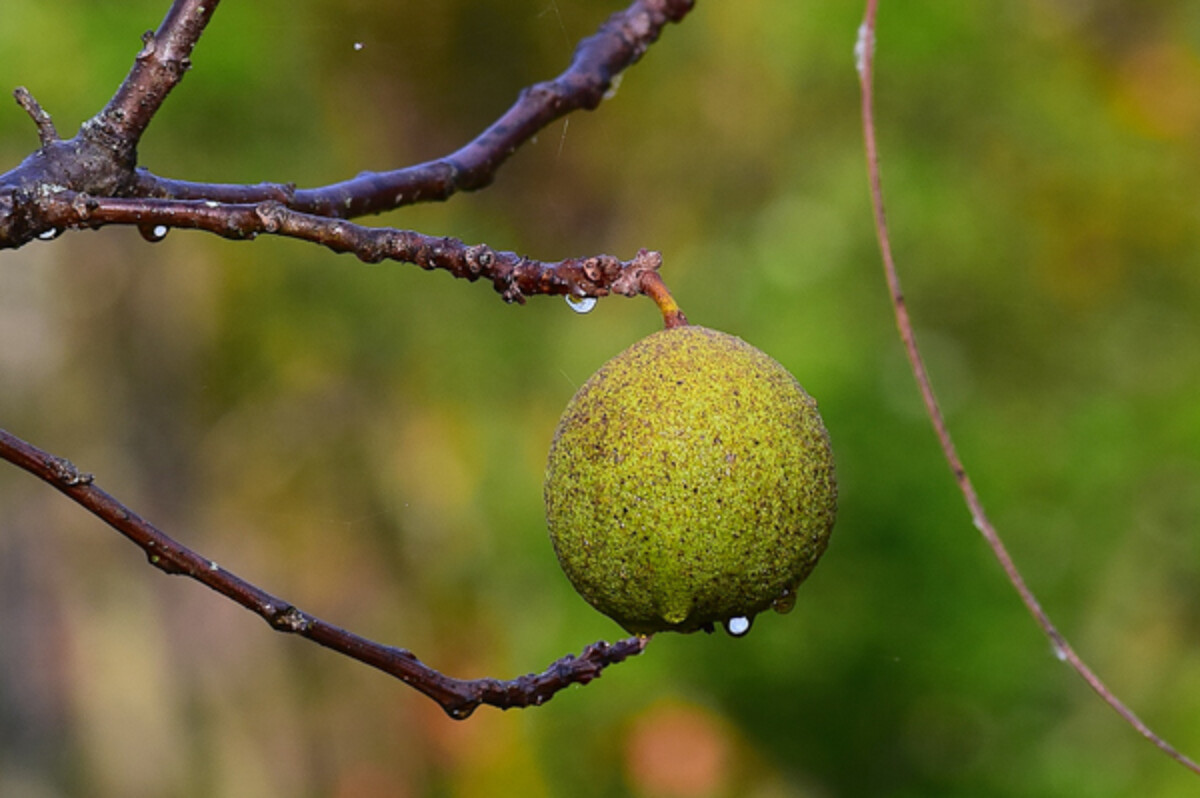
Willow
Willow bark might be the best known of tree-based medicines. A natural precursor to aspirin, willow bark was harvested by native Americans to treat pain and fevers.
Willow bark is also used externally to treat wounds. The bark is harvested in the early spring and then dried and pounded into a powder for use all year.
Willow bark can is easy to harvest on your own, and the trees are often abundant in wet areas.
Our willow shrubs put on a spectacular show every spring, drawing every bee in the neighborhood with their fluffy catkins. According to A Boreal Herbal: Wild Food and Medicinal Plants of the North, “The spring catkins are high in vitamin C and can be eaten, on their own, fried up with other plants or in soups.”
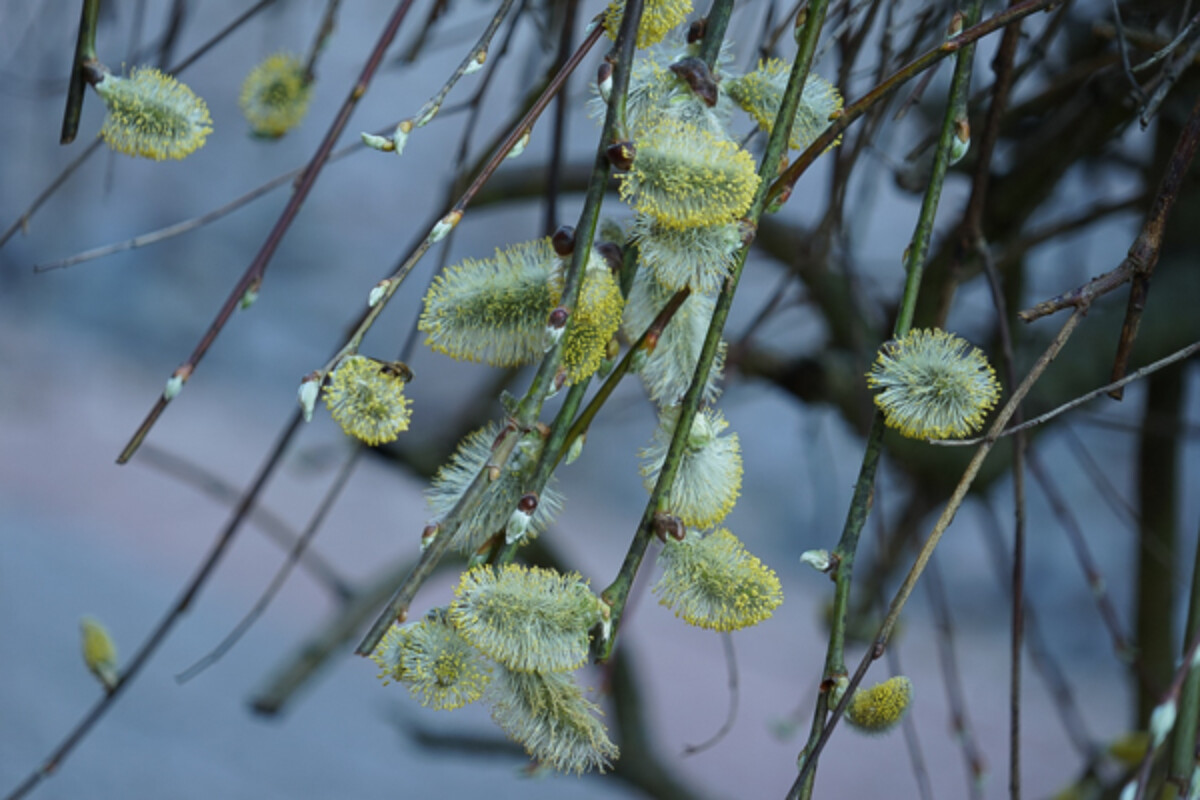
Other Medicinal Trees
There are quite a few others, and I’ll add to this list over time as I learn about new medicinal trees. There are also trees that have medicinal fruit, like apples. Apple cider vinegar is used medicinally and the fruits are a great treatment for constipation.
So what have I missed? How are you using trees medicinally?

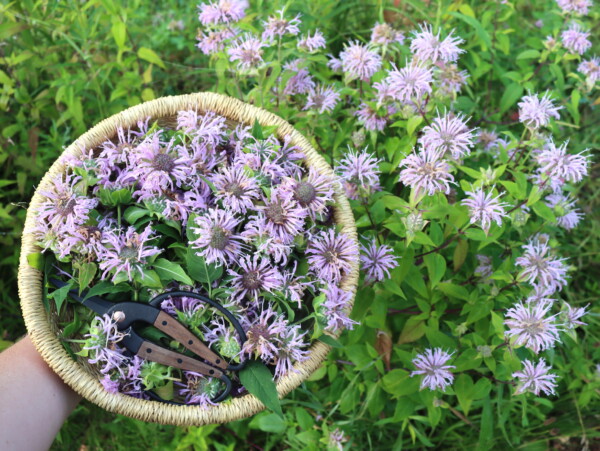
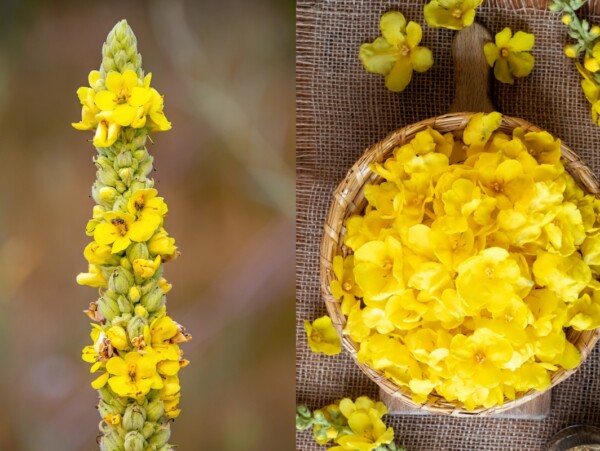
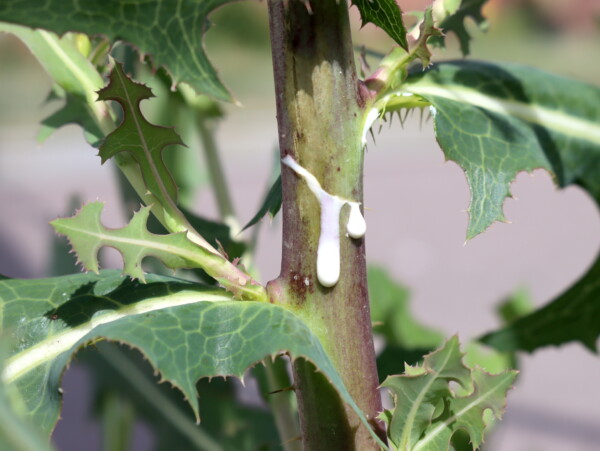
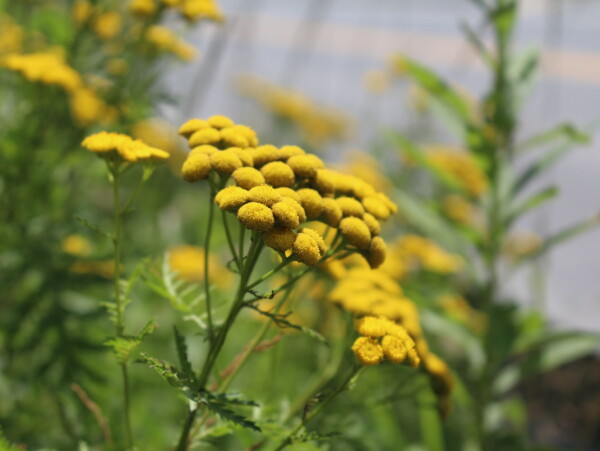










Your home is valueble for me. Thanks!…
You’re welcome. So glad it’s helpful.
Was wondering if there are any uses for the locust tree (black or golden) as it’s been on my mind for many years thanx keep up the good works as the Big Guy has given us the means all around us for sustaining or medicinal needs we just have to remember and/or find it
The flowers on the black locust trees are edible. You can find some more information along with some links to some recipes here in this post. https://practicalselfreliance.com/edible-flowers/
Yes that’s good information can I learn more?
Feel free to look through the rest of the blog for more information and let us know if you have any specific questions.
I would like to know the medicinal benefits of tree that grows on another tree.
That’s a tricky one, and I’m not sure I know how to help you there.
I have a friend who had taken traditional medicine and a diet plan from Nze Njoku Herbal Home on google to treat Arthritis and High Blood Pressure and for some years now he looks normal. From severe pain always a sick guy Now he looks so healthy and enjoying normal productive life😊 Praise God
That’s wonderful. It’s amazing isn’t it?
You are doing a great job, with some good info.
Your comment about Ceder tea, brought tears to my eyes, because here in the west of scotland, the old boy’s tell us to only use the pine trees with needles, and never ever use pines with the flat fronds ie: Ceder, Cypress etc
You should investigate Eastern Hemlock, Tsuga canadensis (the evergreen, NOT the seriously poisonous herb). The bark and needles have many great properties and uses! It’s one of my favourite trees.
Oh my! I should definitely add that one. We eat hemlock tips (like spruce tips) each spring, and I love hemlock tea too. So good =)
Eastern red cedar is actually a juniper. Western cedar or Arbovitae is Thuga.
I support ecologically sustainably harvested natural resources. And wholeheartedly support people returning to using the old ways to sustain themselves. With that does come responsibility, knowledge and wisdom. But on the flip side here is that the author was just giving brief descriptions of the most used methods and uses of trees for food and medicine. Respect that. Why do people have to put in their two-cent worth of spiritual superiority to point out a perceived lack of judgement on the author’s part and then go about admonishing them. Please! Everyone starts as a beginner on everything they learn to do, and mistakes are made. Thank God the Earth has endured mankind and will be here long after we are not. Great article! Love Practical Self-Reliance and Ashley! All around very good information and lots of it!
Thank you so much for your kind words and encouragement.
A granny smith apple tree for the apple polyphenols would be a good investment…an apple press too. Juniper for berries, and you forgot about pine pollen…..
Thank you for those great additions.
This tree is used for people with asthma. You take a piece of the bark and the white milk like that drops from it is then put in a small cup of black coffee. Done once a day. My nieces in Puerto Rico had really chronic asthma. Their mother gave them this and now almost 30 and they have not had any issued in almost 26 years.
The tree is called.. Jaguey, or wild fig tree.
Quick heads up: cedar is poisonous. It contains large amounts of an alkaloid called thujone (from Thuja, the red cedar genus), which is also the source of its strong aroma.
There is an old story about aboriginals along the St. Lawrence rescuing European explorers dying of scurvy by giving them a tea made of a cedar, in commemoration of which the Europeans named the tree they thought it came from, arbor vitae. Today that name is given to a cedar; no-one knows where the mix-up occurred, since the account is patently impossible in that context. It’s generally agreed that the tea was probably made of black spruce, a widely-recognised antiscorbutic and beverage stock in that region. Failing that it might have been made from a pine or fir, but not from a cedar, since that would have killed the patients.
Anyway, I figured I better point that out. Here on the North Pacific Coast cedar is a major resource. Infusions of its foliage are great in homemade flea shampoos, and also in concoctions meant to be sprayed on plants to drive off pests. But you should never drink them.
Thanks for the post!
RK Henderson
Rusty Ring: Reflections of an Old-Timey Hermit
Thank you for sharing that. I think that Ashley’s experience drinking it just might confirm that.
Check into hedge apple benefits . Also known as Osage orange .
We will check it out. Thanks for sharing.
In Sault Ste Marie, Ontario, local Anishinabe people harvest what (english name) they call bambagalia, a poplar tree. The buds are harvested in the early spring before they ‘pop’ and used to make a traditional salve. It is poplar, the same bud that is used to make balm of gilead. However, the ingredients for their salve include other harvestable barks, cedar fronds and bear grease.
My mother , years back, use to make a salve from buds from a tree. Didn’t know the correct name of the tree but she called it a buymyguinia bud tree. It lived in north Georgia and she would make a salve by boiling the buds from this tree. The buds would be full of a jelly-like substance. She would take the tea from the buds and add pure lard that had been rendered from the fat of a hog. I have been trying to find out the correct name of the tree so I can make a salve for myself. she used it for burns and scrapes.
Thanks so much for sharing. I did a bit of googling, and at least google thinks that a tree called buymyguinia bud tree might be an eastern redbud. That might not be correct, because I cant find any reference to it being used in a salve though. My best guess would be she was using cottonwood buds?
Could this be there tree you are looking for? Golden guinea tree (Dillenia alata)
This is an eye opener thanks for this information
Nice blog.
BUT
Please try to find some other way to harvest pine resin.
The method you are using now: taking big area of bark out leaves the tree vulnerable for disease and eventually kills the tree.
If you need resin just for your own purposes, harvesting resin from existing wounds shoul be enough. You need to see a bit more effort but you don’t hurt the tree in the process.
And did you know that naturally occurred (lightning, animals…) wounds are more rich in good elements than the artificially caused ones?
If you really truly have to make the tree produce resin artificially, simply make a wound on bark. This way the tree can heal itself and you get some resin too without killing the tree.
You are correct, that method does kill the tree. We only ever peel bark like that on a tree that’s going to be cut down in the very near future. It’s just a way to get a bit more use out of a tree that’s already destined to be cut for firewood. I do talk about ethical tree foraging in my post on birch bark flour (https://practicalselfreliance.com/birch-bark-flour/) but I should also add it to this post so people don’t go peeling down pine trees everywhere. Thank you for the excellent point.
Hello, I enjoy reading your articles, thank you for sharing your love for nature. As the person above stated it is important to really point out to people not to damage trees and plants in the process because believe it or not people really do not know any better, if they are beginners.
Thank you for your contributions.
Diane
I agree. I also would like to state leave the trees alone
Unless your in a critical condition
Look up the uses of sassafras. This is widely used for many reasons including fever treatment, deep wound care…etc as well as in cajun cooking as a thickener and of course ROOT BEER!!
Having moved to the southwest, The one thing I miss as much as the oceans off of Cape Cod is sassafras. The lemony smell off the leaves and the root beer smell of the bark of its roots..(hence the name “root beer”)yeah… ~=)
In the south we harvest the leaves on a full moon ( they have more flavor then ) then they are dried and rubbed through a screen to make file’ , a good seasoning for gumbo soups and stews.